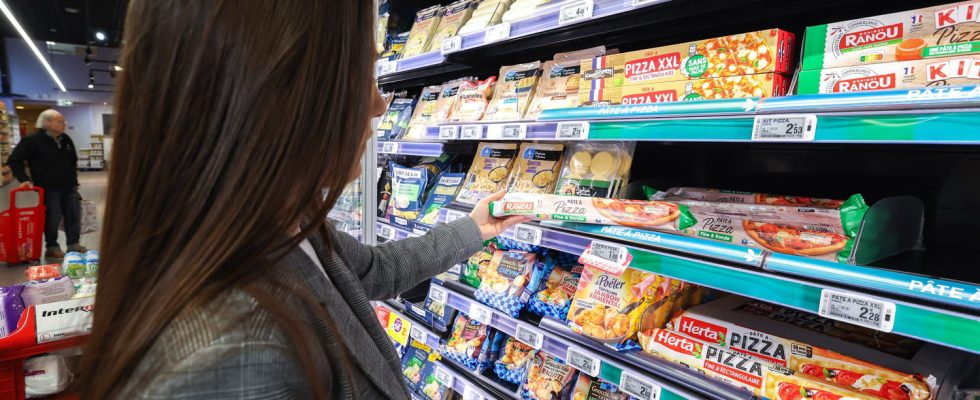Some everyday food products contain alcohol, linked to the manufacturing process or to chemical reactions.
If we are now used to scrutinizing the labels of our favorite products, the mystery remains on certain ingredients hidden in our foods and drinks. Did you know that some of them contain alcohol? No, we’re not talking about the spirits, wine and beer department of your favorite supermarket, but about all other products!
Asked by the Flemish publication HLN, Eric De Maerteleire, food specialist warns: “What many people do not know is that alcohol can also very often occur naturally. It can really be in foods which, at first glance, seem purely natural and alcohol-free.” Among them are common products… such as bread, used for example to make industrial sandwiches.
“Alcohol is sometimes sprayed on the sandwiches in low doses. For example, the manufacturer wants to prevent the growth of mold and yeast, so you may smell a slight odor of alcohol when opening the package. “, assures the expert. This does not represent anything significant in quantity but the info is amazing! And it is logically not on the label…
This can also be the case for your baguette or your cereal bread. “Bakers use baker’s yeast anyway to bake bread and give the bread an airy structure. The alcohol is released spontaneously during fermentation. alcohol. I should add that the amounts of alcohol are quite low these days due to improved baking processes. Only in sourdough bread can there be a little more alcohol. alcohol (0.4 to 1 percent), because it is done by spontaneous fermentation”, continues this expert.
Fruit juices but also bananas contain alcohol
And that’s not all, fruit juices can also contain small proportions of alcohol. “Fruit juices are very susceptible to fermentation. This means that sugars can easily be converted into ethanol or alcohol, among other things. Moreover, this fermentation can occur both during and after the production process. If you leave a bottle of fruit juice in your kitchen for a long time, alcohol can form”, notes the expert. This also explains the lack of mention on the label. Among fruit juices, grape juice is particularly concerned with a range of 0.29 to 0.86 grams per liter, compared to 0.06 and 0.66 grams per liter for apple juice.
Even more surprising, some fruits naturally contain alcohol, produced in particular when they reach maturity. This is the case with bananas and again it is due to the fermentation process. “If you leave a banana in your fruit bowl long enough, not only will it stain, but it will also contain more and more alcohol. A very ripe banana contains about 0.4% alcohol. also applies to other ripe fruits such as mangoes.” Not many people know it, but it’s hard to blame supermarkets for not displaying it on the skin of their fruits sold in bulk!
One thing is certain, these quantities are not sufficient to be “tippy” or fail the breathalyzer test, ironically the expert. In the case of bananas, the quantities produced are so small thatyou would have to swallow no less than 25 very ripe bananas to approach the fateful threshold of 0.5 grams of alcohol per liter of blood ! Ditto for the bread mentioned above or for the fruit juice. The expert quoted by HLN slips the quantities contained. It would thus be necessary to drink more than 700 glasses of these fruit juices to reach the same quantity of alcohol as in a glass of wine or a pint of beer…
